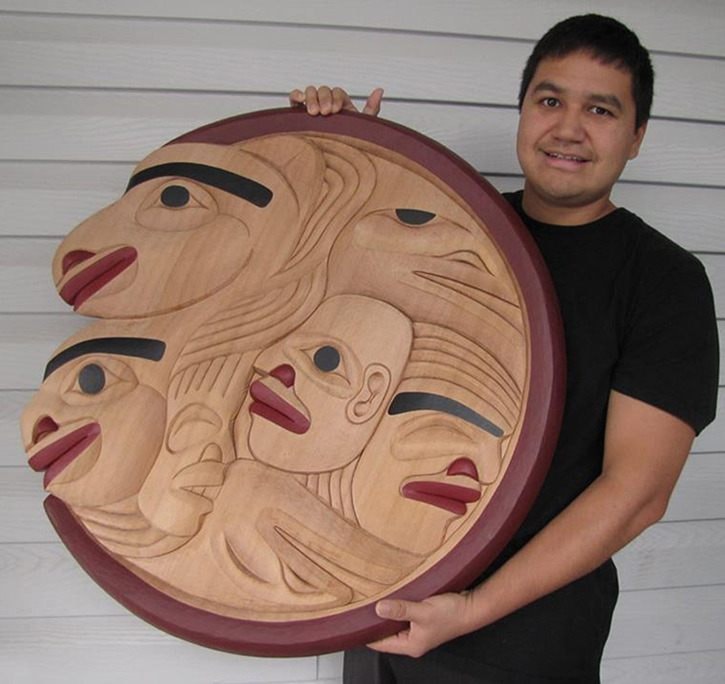150 years ago, five chiefs were imprisoned, tried and executed in October 1864 after accepting an invitation to discuss terms of peace to end the Chilcotin War. A sixth chief was hanged the following year. The day that the five Chiefs were hanged in Quesnel, October 26, is honoured as a national memorial day by the Tsilhqot’in people, known as Lhatsassin Memorial day.
This year, on October 23, Premier Clark made a statement in the British Columbia legislative assembly apologizing for the wrongful hanging, and stated the Province's will to exonerate the chiefs to the extent of its ability.
The statement fulfills a promise outlined in the Sept. 10, 2014, Letter of Understanding between thenTsilhqot'in National Government (TNG) and the Province of British Columbia.
“This marks a significant step toward reconciliation with the Tsilhqot'in Nation, and to a relationship of respect and recognition,” said Premier Clark. “Our government stood with members from all sides to apologize for wrongful acts, and commit ourselves to redressing them so that we can build a better future together.”
The actions by the Province are understood through a mutual agreement to address the healing that must occur around a difficult history of mistreatment, misrepresentation and lack of recognition of First Nations people within the Tsilhqot'in territory and rest of British Columbia.
“This is an important day for the Tsilhqot'in - the Province of British Columbia has demonstrated leadership by exonerating our six Chiefs and starting the process of healing. We have much more work to do. We call on the Federal Government to rise to this historic opportunity as well, and take the same steps to exonerate these leaders that died for our people and our way of life,” said Chief Joe Alphonse. “If Canada is ready to acknowledge the wrongs of the past, and build real and respectful relationships today, we can move from pain into opportunity, from a dark history into a future we can all be proud of. Together we can transform this province and this country.”
Well-known Nuxalk carver Latham Mack was commissioned to create a piece that reflected these events, which was unveiled in Quesnel at the Lhatsassin Memorial day on October 26. Several members of the Nuxalk Nation attended the event, which was held at the UNBC's North Cariboo Community Campus.
Mack was unable to attend the ceremony due to his new position as a teacher at the Freda Diesing School of Northwest Coast Art in Terrace, but said it was an honour to work on the piece, which was commissioned by the project coordinator for the Truth and Reconciliation project. Mack met with the Chiefs in the Williams Lake area to have input on what the piece should look like and he incorporated what the Chiefs requested. This included a horse, as horses are a big part of the way of life of the Tsilhqot'in people.
“The ones with eyes represent them before they were hung and the ones with their eyes closed represents them after they were hung. The face in the horse's hair represents the one chief that got away but was found later down south and was hung,” said Mack. “What an honour it was to work on this commission.”
